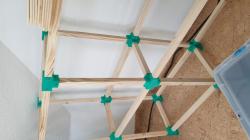 3D printed shelf Corners
3D printed shelf Corners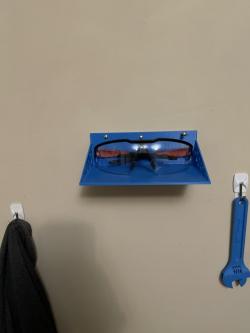 3d printed shelf
3d printed shelf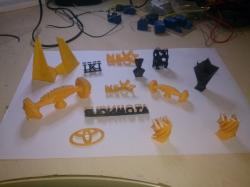 3D Printed Models
3D Printed Models 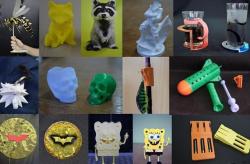 3D printed models
3D printed models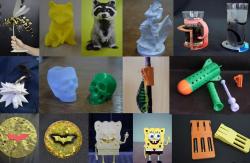 3D printed models
3D printed models 3D PRINTED MODELS
3D PRINTED MODELSDesigning 3D Printed Shelves
When designing shelves for 3D printing, several key considerations come into play:
- Strength and Durability: The design must ensure that the shelf can withstand the weight of the items it will hold. For instance, topology optimization can be used to create strong shelf brackets. As demonstrated by Tom’s 3D printing guides, even half-scale test prints of shelf brackets can support significant weight, with examples holding between 23kg to over 30kg.
- Orientation in Printing: The orientation of the print can significantly affect the strength of the finished product. For example, printing shelf brackets with the wall side against the bed can enhance their strength.
- Material Choice: The choice of material is crucial. PETG, for example, is a popular choice for its strength and ease of printing. It was used in a detailed Instructables guide for creating durable shelf brackets.
- Design Aesthetics: The design should not only be functional but also visually appealing. This can be achieved by using different colors or finishes. For instance, using a metallic filament or a transition spool can add an appealing aesthetic to the shelf brackets.
Printing Techniques and Tips
To ensure the best quality in 3D printed shelves, consider the following tips:
- Avoiding Supports: Design elements should be oriented to minimize the need for supports, which can save material and time.
- The 45-Degree Rule: This rule states that overhangs of 45 degrees or less generally do not require supports, reducing the need for post-processing.
- Strength Based on Orientation: The orientation of the model during printing can impact its strength, especially for parts that will bear load. It’s advisable to orient the model such that the force is applied perpendicular to the layer lines.
- Preventing Overheating: This can be a challenge in detailed areas and can be mitigated by printing a thin tower away from the main design, allowing the hot tip to cool before returning.
- Material Suitability: The design should be tailored to the specific properties of the material being used, considering aspects like flexibility, strength, and thermal properties.
Q&A on 3D Printed Shelves
Q: What materials are best for 3D printed shelves? A: PETG is often preferred for its strength and ease of use. PLA can also be a good choice due to its strength and low-warp characteristics.
Q: How can I ensure my 3D printed shelf is strong enough? A: Use topology optimization in the design phase, print at full scale for testing, and choose the right material. Also, consider the orientation of the print for maximum strength.
Q: Can I print large shelves with a small 3D printer? A: Yes, by splitting the model into smaller parts that can be assembled after printing. This approach allows the printing of larger projects while maintaining quality.
In conclusion, 3D printing offers immense flexibility and creativity in designing and creating shelves. By considering factors such as strength, material choice, and print orientation, and by following key design tips, anyone can create functional and aesthetically pleasing 3D printed shelves tailored to their specific needs and preferences.
